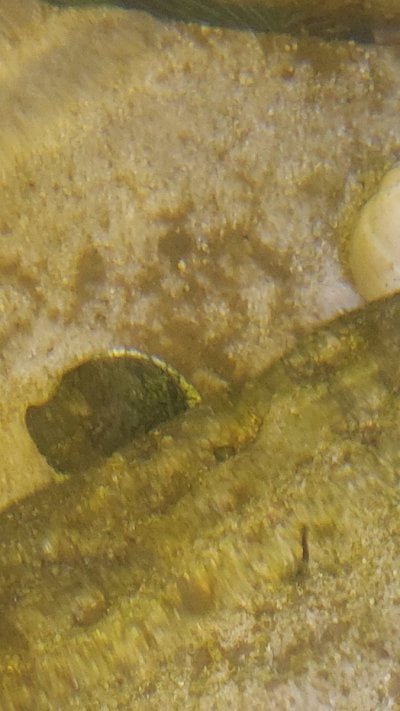I need help from anyone who can ID this this, it’s on the rock, kinda of a yellow mustard color. It just appeared out of nowhere, it’s in a hidden spot so in could have missed it a couple of times. My tank parameters aren’t the best, well i should say, my nitrates are high and the other parameters are normal, I don’t know if this information helps




























